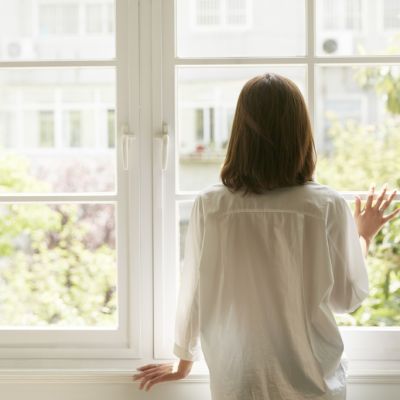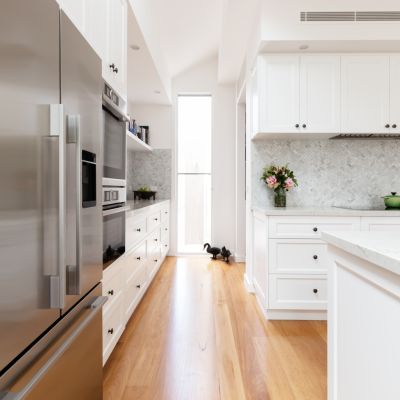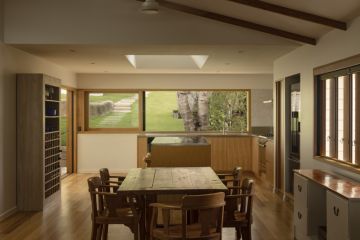How to increase the thermal comfort of your home and save on bills
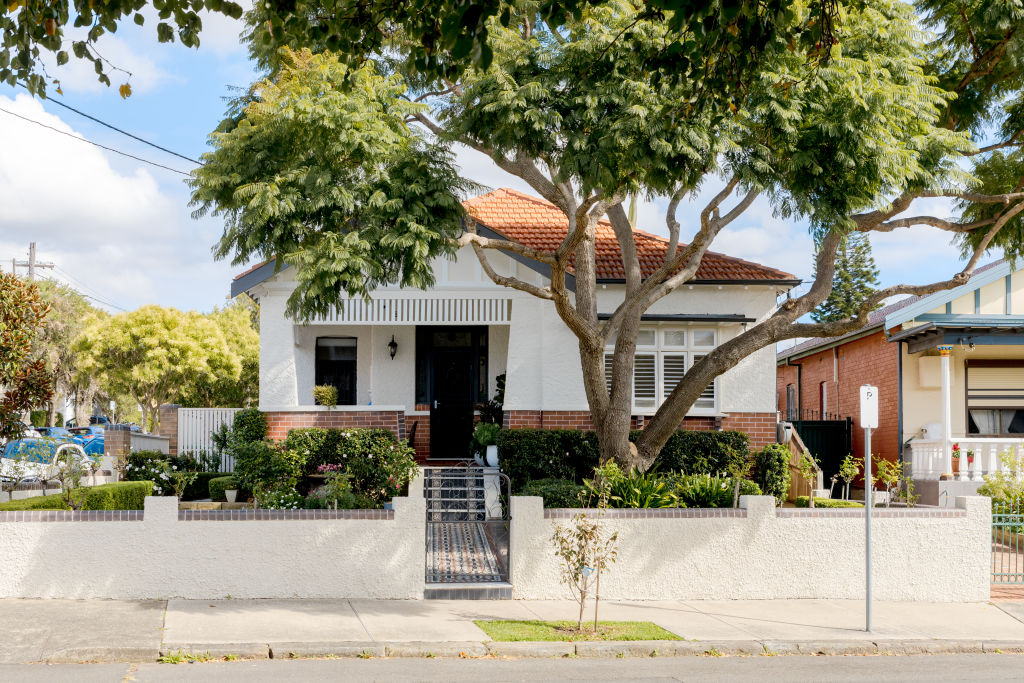
Some mornings my office is so cold the only way I can get any work done is by donning fingerless possum gloves, wrapping a scarf around my neck and tucking a blanket over my knees. My husband and I talked about the best way forward. Follow the crowds flocking to the Sunshine Coast? Work at the library? Install air-conditioning?
Frustrated with a house that was consistently too cold in winter and too hot in summer and keen to reduce my energy bills, I booked Adam Corrigan, director of Your Energy Friend, to do a home energy audit. I wanted to know how to make our house more comfortable and if there was any way to save money on our crazy-high energy bills.
The audit involved a two-hour home visit, plenty of on-the-spot advice and a written report that detailed what we could do to improve our home’s thermal comfort and save money in the process.
Below are some top tips you can use to do the same.
How to save money on your electricity and gas supply
At our house, winter equals a huge hike in energy bills. With no air-conditioning, we have gas heaters in the living rooms and small electric heaters in the bedrooms. Our heated towel racks also get a good workout.
Corrigan introduced us to Energy Made Easy, a free and independent price comparison website run by the Australian Energy Regulator. Each offer is displayed in the same format so you can easily compare them.
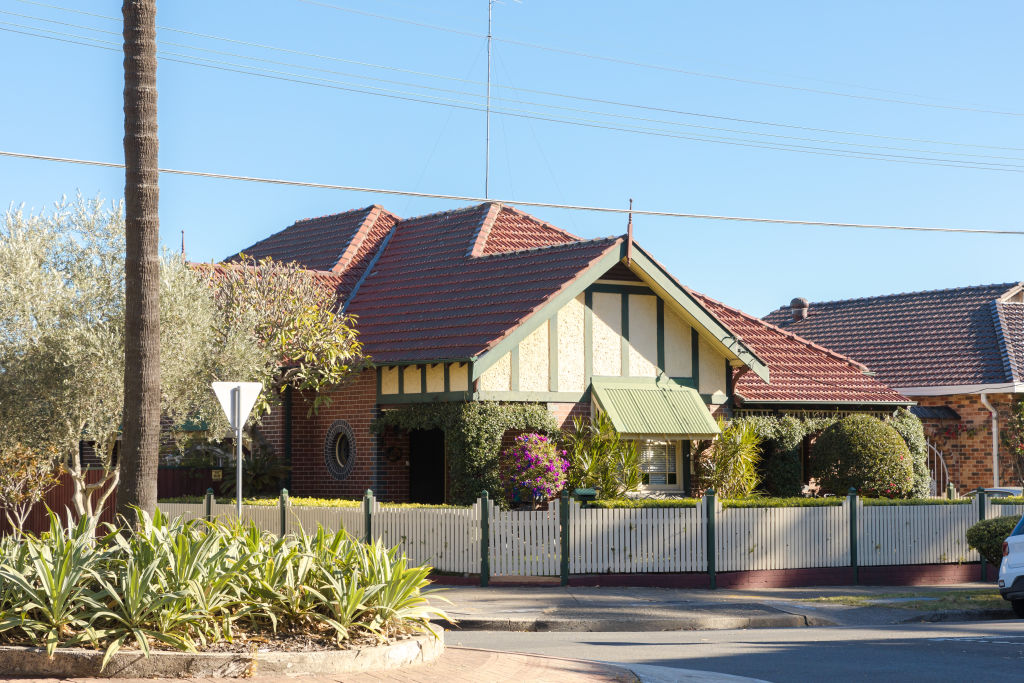
Have a couple of recent electricity and gas bills handy, then follow the prompts on the website to find plans available in your area. Compare the price per kilowatt hour (kWh – electricity) or megajoule (MJ – gas) and the daily connection fee, but also check how long you have to sign up for, any special discounts or fees and whether or not you need a smart meter.
“If you don’t shop around, your retailer will simply keep increasing the rate per kWh and MJ that you’re paying,” Corrigan says.
There’s a good chance you’ll find a plan that saves you hundreds of dollars a year, but before you make a switch, check if there’s an exit fee from your current plan and make sure you’ve read the small print on the new plan.
How to save money by upgrading your hot water system
Corrigan says the hot water system is the largest energy drain in our homes, usually accounting for at least 23 per cent of energy use. And if you’re running a gas system like we are, costs are increasing.
“There is no such thing as renewable gas,” says Corrigan. “It’s a finite resource and the price is only going to go one way – up!”
Cheaper to run and lower in greenhouse gas emissions, heat pump systems are the most efficient hot water system, especially if you’ve got solar panels installed, but they do cost more to buy than other systems.
The good news is that you may be eligible for a government rebate if you’re installing what’s known as a small-scale, renewable energy system. Head to energy.gov.au/rebates to find out more.
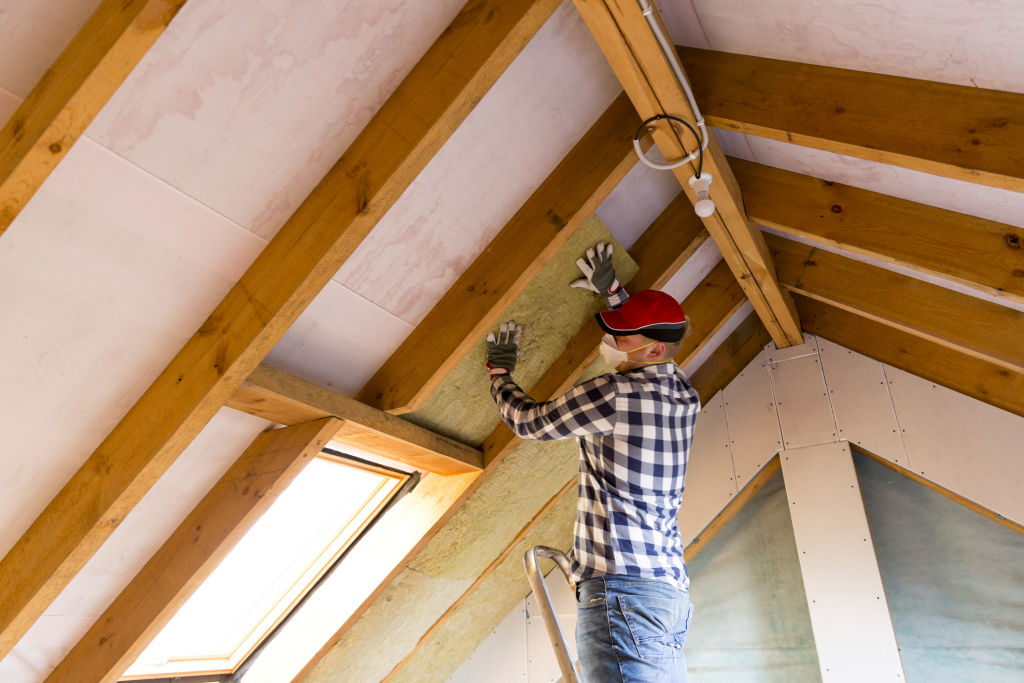
How to improve your insulation
If you’ve got any doubts about how well your home has been insulated and there’s easy access to your roof or sub-floor spaces, pull on some old clothes, grab a torch and do an inspection. You’ll want to figure out two things: is there insulation, and if yes, are there gaps?
Corrigan says it only takes a five per cent gap in your insulation coverage to effectively halve its effectiveness.
“It’s like putting a blanket over yourself in bed and then cutting holes in it,” he says. “It just doesn’t work!”
When choosing insulation, the most important factor is the R-value, which measures a material’s capacity to resist heat flow. The typical minimum R-value for ceiling insulation according to Australian building codes is R4.1, but requirements vary according to which climate zone you live in.
Suffice to say the greater the value, the better the insulation and the lower your power bill.
You can DIY or engage a professional to supply and install insulation. Just make sure to follow safety instructions provided by suppliers.
How to do better draught-proofing
Draughts are a major culprit when it comes to heat loss in winter and hot air making its way inside in summer.
Beyond the obvious gaps you might find under doors, in chimneys and vents for bathrooms and laundries, you can also check around windows, skirting boards, skylights and anywhere else with joins. You’re looking for visible light or the feel of air on your fingertips. A whistling wind sound is also a clue.
Corrigan tells me that when gaps are added together, the average Australian home has a one-square-metre hole in it.
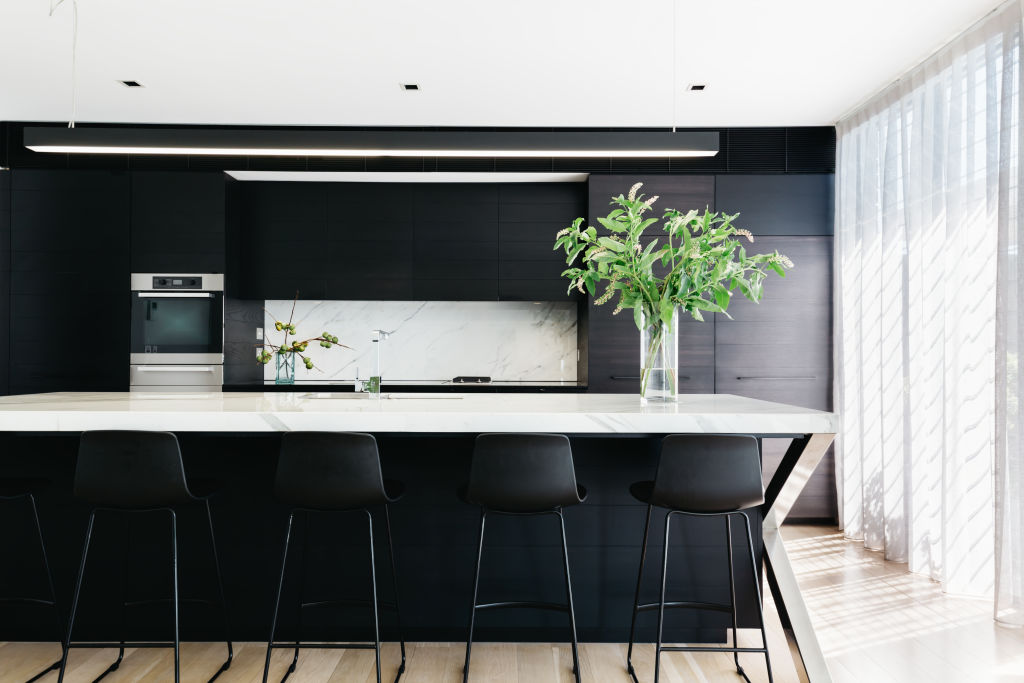
Once you’ve identified draughts, you’ll want to find suitable gap-fillers.
You can use draught stripping, also known as draught excluders, for doorways and windows. There are self-adhesive strips, brush strips, foam and rubber seals and they’re available from hardware and specialty stores and are typically cheap and easy to install.
Investigate a self-seal casing for ceiling exhaust fans, which will only open when the fan is turned on, and use a caulking gun to apply transparent sealant to gaps in the skirting boards.
And those heavy curtains with pelmets that your grandmother had? They’re the best kind of window covering for thermal comfort.
“The reason you want pelmets is because you’re stopping that heat exchange through the glass,” says Corrigan.
If the look of a traditional box pelmet leaves you in a cold sweat, there is a thing called an invisible pelmet – an affordable DIY solution you won’t notice with a casual glance.
How to save energy without spending a cent
Corrigan says there are some easy wins for reducing energy usage without spending any money. These include:
- Turn lights off when you leave a room
- Switch off appliances at the power point to avoid using standby power
- If your electricity plan uses a “time of use” tariff, run your appliances at off-peak times
- Wash your clothes in cold water and hang outside to dry rather than using a dryer
- Only run your washing machine and dishwasher when full
- Take advantage of government schemes to replace old lightbulbs with LEDs
- Clean your fridge/freezer door seals and make sure they’re working properly (if all is well a piece of paper will hold firmly when the door is closed on it)
We recommend
States
Capital Cities
Capital Cities - Rentals
Popular Areas
Allhomes
More
